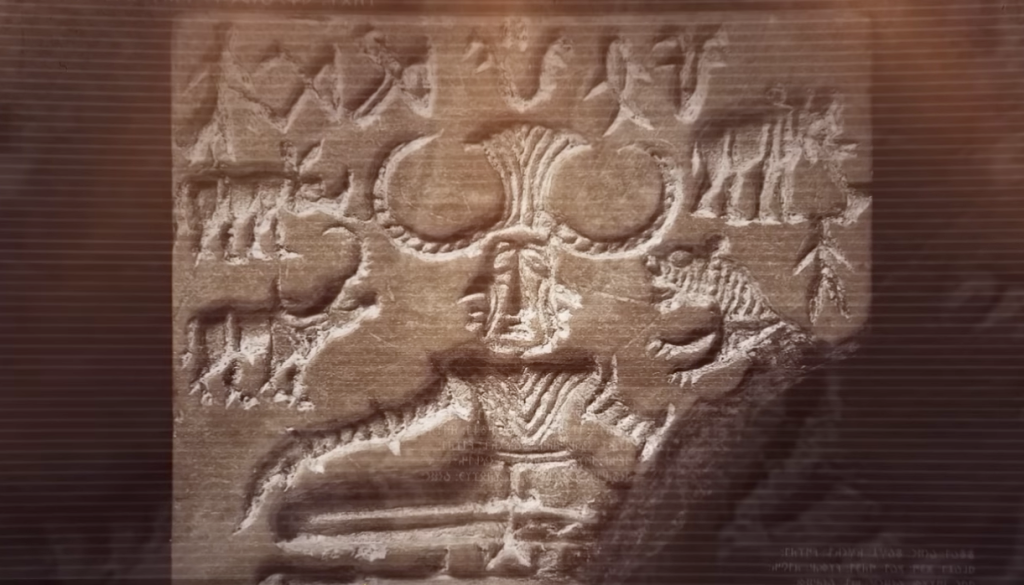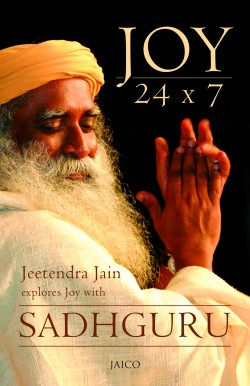
Many people find the ancient world and its remnants to be phenomenal sources of curiosity, mystery, and even inspiration, from ancient sites and structures like the pyramids at Giza, the massive monoliths at Stonehenge, and any number of other architectural and engineering marvels all around the world that we still don’t really understand. Who built these incredible places and structures? Were they religious or spiritual places of worship, or did they serve some other, perhaps mystical purposes? And what happened to the people who built them and the civilizations in which they were built?
While the truth behind many of these questions may ultimately remain unknowable, careful review of available evidence can perhaps answer some of them, and identifying patterns and commonalities in different civilizations, art, architecture, and mythology may offer clues to help piece together a number of compelling possibilities. Sadhguru explores a number of such possibilities in the video below, discussing evidence and vestiges of the yogic tradition in the ancient world. If you’ve ever been curious about any of these matters, this video is for you.
Sadhguru: “Over 15000 years ago, in the upper regions of Himalayas, a yogi appeared. Nobody knew where he came from, who he was, his antecedents were unknown. Because people did not know his name, they referred to him as Adiyogi, or the first Yogi. He just came and sat down. People gathered because he looked like an extraordinary human being. Hours rolled into days, days into weeks, weeks into months. Slowly people left, but here this man just sat there for months on end, unmoving. If one has to sit like this, one has to be beyond physical nature. If one is beyond physical nature, he must be in some other dimension of nature. Only 7 people realized this, and they hung on.”
“These 7 people are today celebrated as the Sapta Rishis, or the Great Seven Sages of India. These 7 people pursued him, and when he decided to share his knowing with them, they say it took many millennia. So, when he shared his knowing, and they all rose to their full enlightenment, he told them, “There is no point sitting here. Each one of you should go in different directions, and share this knowing with the world.”
This is very important to understand that… it is in the last 12 to 15 thousand years that… the longing to know got organized and found an organized expression through various systems of Yoga. It’s fantastic to see that this goes back right up to the time of the Adiyogi. If we want to look for physical proof, still there is a little bit of physical proof left around the world suggesting these things. I’m not some kind of an archeologist or an expert in these matters, but you will see, some of the things that we will look at today will intrigue anyone, and set us thinking. We cannot call this 100% proof, but it suggests a few things.”
“What is this all about? Why this has to be connected to Sapta Rishis? Because it’s a particular way of looking at life. When I say a particular way of looking at life it is not about someone’s opinion, but it is about an internal reflection of the cosmos, an internal understanding of the nature of Creation, and a very internalized understanding of human being, and the making of a human being and every other creature on this planet. When I say ‘internal’ I’m talking about… in contrast with modern science which observes everything from outside and gone quite deep into its observation today as to how the physical creation has happened. It is in no way in contradiction with the inner way of looking, it is just that it starts at a different end. It’s like if you start looking at a tree from the top, your understanding of the tree will be one way. If you start looking at a tree from its roots, your understanding of the tree will be completely different. Only when a meeting point happens somewhere, they look similar.”
“Today, we are coming to a place in the history of modern science and in the development of modern science, where mysticism and modern science are beginning to look similar. So, this exploration today will be important in that sense, and… as I said, this is not an archeology lesson for you, but it’s just to show you that there have been many suggestions to show that the origin of this is Adiyogi, and from him how it could have reached various places. Within myself I know it did, but you don’t have to go by my experience of life, because somebody else’s experience can never be yours, but here is a little bit of physical proof going around.”




